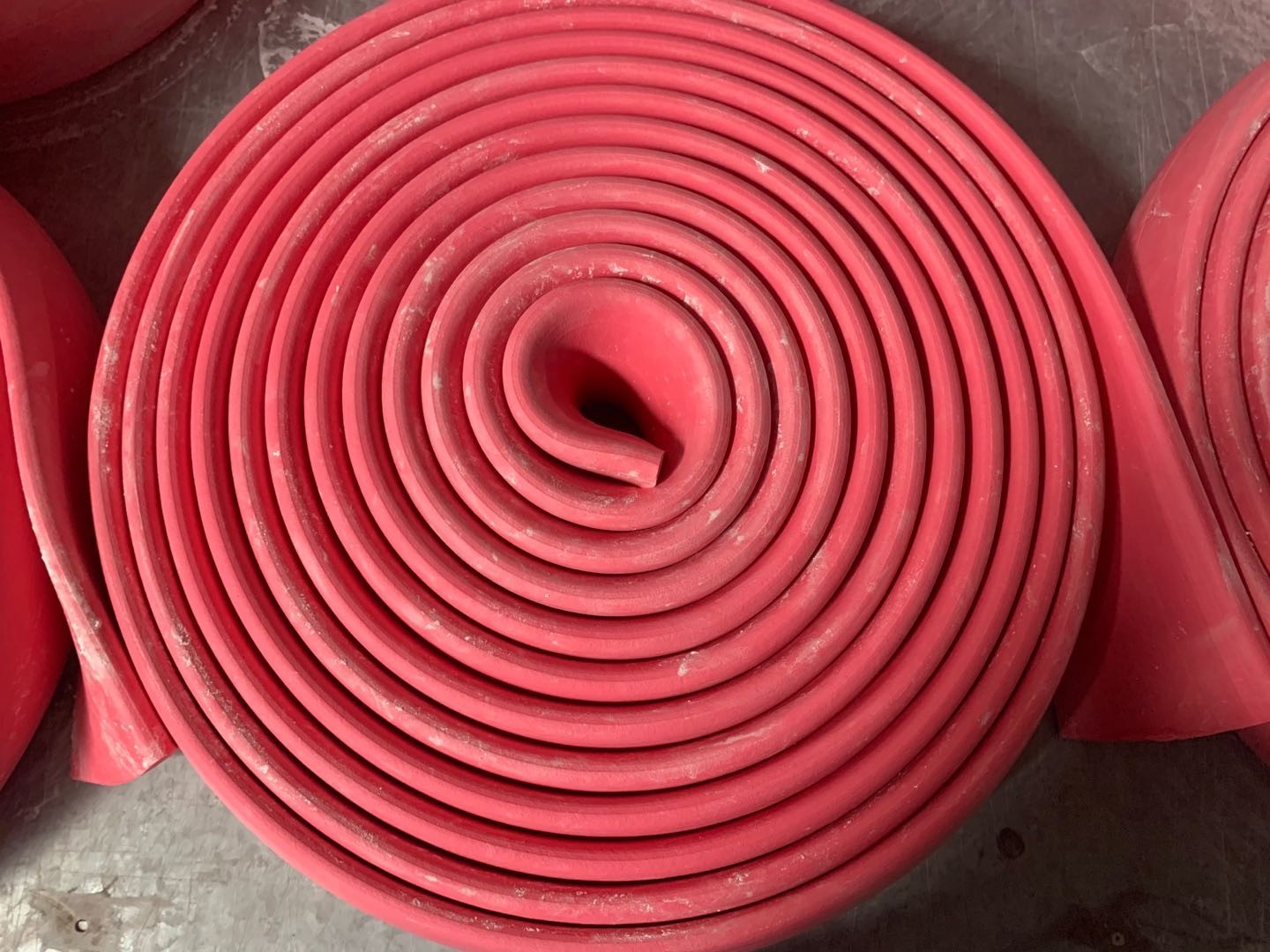NEWS
News
Related News
What is environmentally friendly blended rubber
Release time:
2025-01-23 16:14
As far as I know, compound rubberEco-friendly compound rubber. Usually, it is a monomer rubber, made by mixing crosslinking agents, catalysts, inhibitors, and fillers. Compound rubber is generally formed by high-temperature vulcanization after extrusion, and like liquid rubber, it can be divided into three types: room temperature vulcanization, low-temperature vulcanization, and high-temperature vulcanization. Regarding the addition of the word "eco-friendly" before compound rubber, I think it is unnecessary. Because silicone rubber is very eco-friendly, let's learn together what eco-friendly compound rubber is!

1. Manufacturing process:
After mixing raw rubber, white carbon black, and other fillers using a mixing machine, crosslinking agents, catalysts, inhibitors, and various colorants are added in a two-roll rubber mixing machine to obtain the mixture. The resulting paste is called eco-friendly compound rubber.
2. Physical (quality) properties:
I can only provide rough information about the physical (quality) properties of eco-friendly compound rubber.
1. Before vulcanization (curing), it is "solid". The color varies depending on the colorants added during mixing, but it is white when no colorants are added, with a plasticity value of around 200-300.
2. The transparency of uncolored vulcanized rubber is not as good as that of liquid rubber. The "light transmittance" is below 70%. The "rebound value" of compound rubber with the same "hardness" is generally lower than that of liquid rubber, but the "mechanical properties" are generally higher than those of liquid rubber, with "tensile strength" reaching 10-20 MPa and "tear strength" being 40-60 KN/m. I won't say "linear shrinkage rate." Eco-friendly compound rubber.
3. Chemical properties:
The rubber material is a mixture of siloxanes, with molecules belonging to a chain-like helical structure, and the average molecular weight is about 400,000 to 800,000 mPa.s, with viscosity directly related to molecular weight. Its molecular weight can be measured using a Ubbelohde-type viscometer, which is referred to as the so-called viscosity average molecular weight. Regarding the reinforcement mechanism of fillers, as far as I know, humans on Earth have not fully understood it yet. Nano-sized SiO2 powder (precipitated SiO2 powder) is evenly distributed in raw rubber, forming a crystalline-like structure. The hydroxyl groups on the surface of SiO2 particles form hydrogen bonds with the Si-O bonds of raw rubber, with each SiO2 particle becoming a nucleus, emitting hydrogen bonds in all directions to connect with the molecular chains of raw rubber. By creating countless such structures and adding other additives, a high-viscosity, high-performance compound rubber is formed.
Eco-friendly compound rubberIt has the same properties as general silicone rubber. According to the Baidu Encyclopedia entry on "silicone rubber," silicone rubber has excellent heat resistance, cold resistance, dielectric properties, ozone resistance, and atmospheric aging resistance. The outstanding performance of silicone rubber is its wide operating temperature, which can be used for a long time at -60 to 250 degrees. The performance is determined by the types of raw rubber, fillers, and additives used.
The above introduction is what eco-friendly compound rubber is. If you want to know more, feel free to Contact Us!
Rubber roller mixing glue, UV special glue, mixing glue manufacturer, UV special water roller glue, printing mixing glue, environmentally friendly mixing glue
Related News















